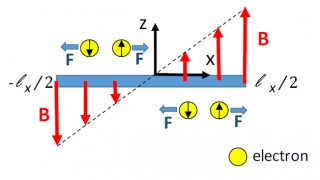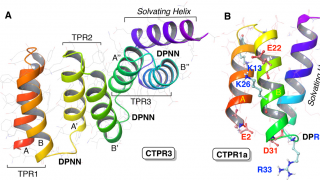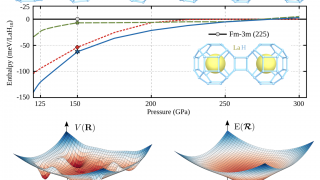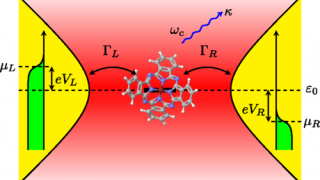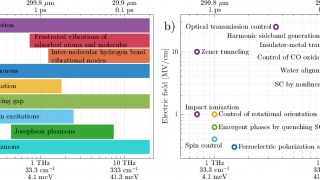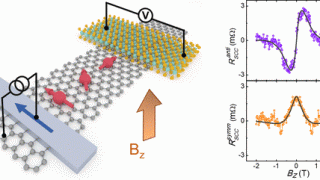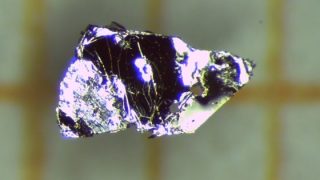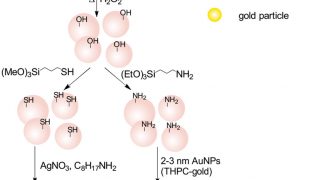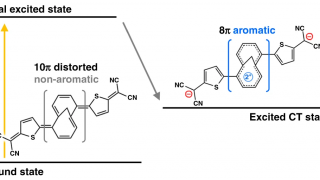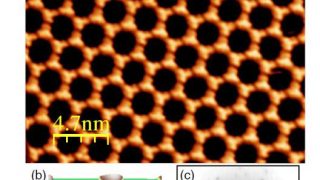
Metal atoms enhance quantum dot coupling in metal-organic nanoporous networks
A quantum dot (QD) is a nanometric crystalline structure of semiconductor materials. In a QD electrons are confined in a region of space, thus creating a well defined structure of energy levels that depends very much on the size and shape of the quantum dot. This structure resembles that of atoms, that is why sometimes […]
